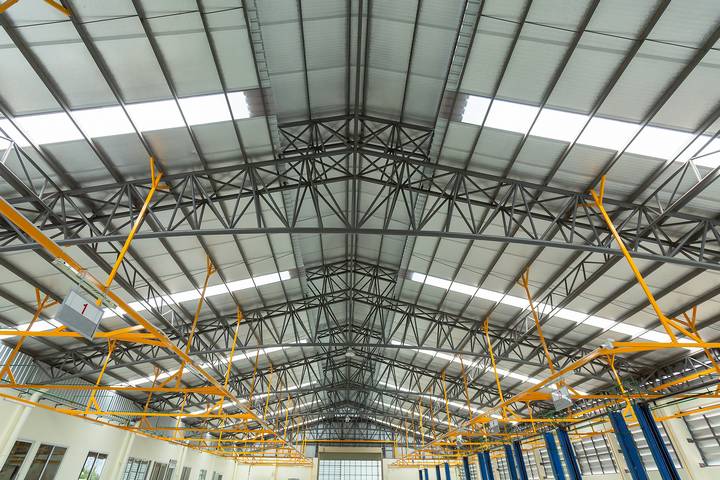Countless elements can be protected against the heat produced during high-temperature processes by heat resistant materials such as a fire blanket or fire sleeve. Since wires, cables, and refrigeration lines are heated, there is less chance of risky off-gassing hazards. There are some common types of heat resistant materials used in industries and homes.
1. Heat Resistant Tapes
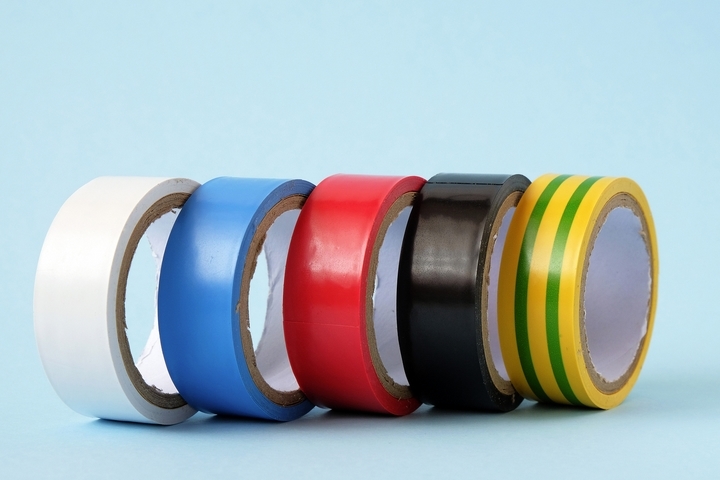
Due to high pressure and temperature, usual tapes cannot function appropriately in conditions where heat resistant tapes can. Due to their low expansion capability, they also shrink less than normal tapes. No matter how many times the tape is washed and dried, you never have to worry about the size. This tape is unaffected by chlorine, saltwater, and dampness. Printing on plates and mugs is made possible with high-temperature sublimation and heat presses. You can find heat resistant tapes in several kinds for specialty projects, such as glass fibre tapes with thick red silicon rubber and iron oxide coatings.
Due to the extensive diversity of widths, lengths, thicknesses, and colours accessible in heat resistant tapes, you can select your tape according to your requirements. Heat resistant tapes are capable of enduring temperatures as high as 1,650 degrees Celsius.
2. Fire Blankets
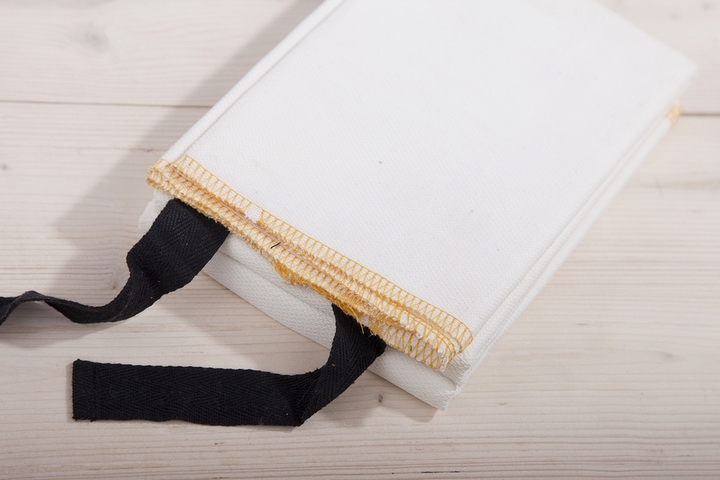
It is well recognized that fire blankets are heat resistant. You may have seen one in a movie or on TV, or maybe even have one in your closet. Firefighters can effortlessly extinguish fires and stop accidents with these systems. Sheets of fire-resistant material are used to smother a fire by eradicating oxygen by dressing them over the flames. These blankets are available in numerous sizes. In the kitchen or at home, small blankets are regularly made from fiberglass or Kevlar. The fire blanket is creased up to form cylindrical boxes that are easily available.
3. Heat Resistant Sealants
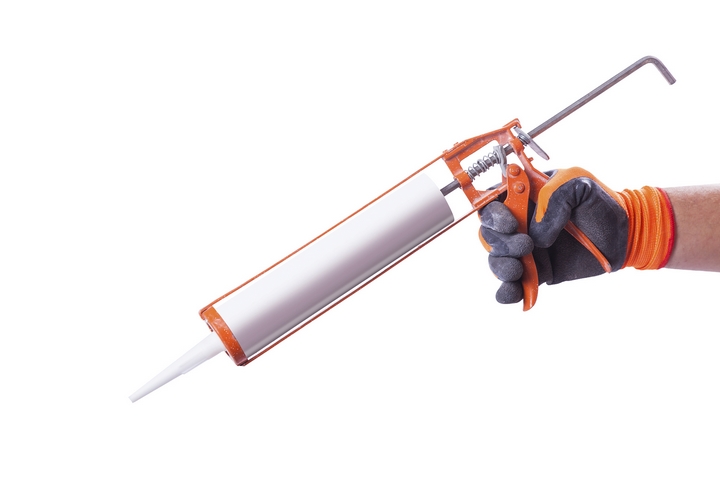
The purpose of sealants is to avert gaps between solid fragments of a machine from being harmed by pressure and high temperatures. Cement and liquid foam are two categories of sealants. For sealing machined networks and threading, liquid foam sealants are used. This material certificates a tight seal on both sides. Most cement sealants are used for casing rough exteriors.
A real sealant can endure temperatures between 157 and 816 degrees Celsius (between 315 and 1,500 degrees Fahrenheit). The seal can also be correctly preserved by using heat within a short time frame. Their low reduction and expansion constants make them perfect for work that requires high accuracy.
The seals made from these materials can also resist materials such as hydrocarbons, brine, acids, ammonia, and mild alkalis. The materials also expressively lessen damage from shock and vibration.
4. Fire Sleeves
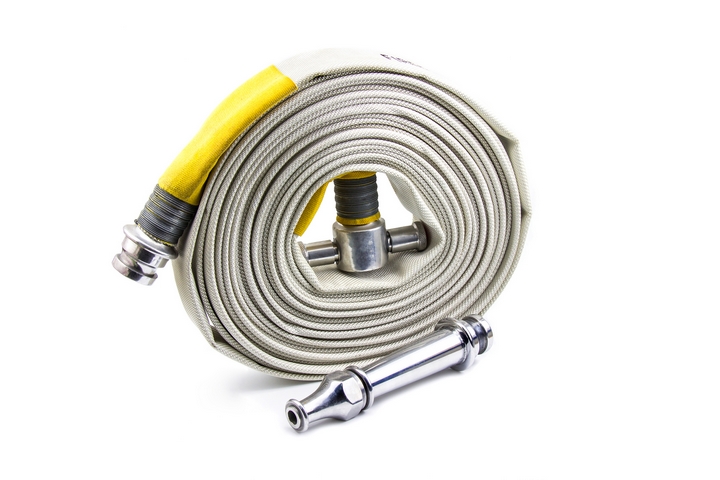
Manufacturing and aerospace applications are the most common practices for fire sleeves. These fiberglass sleeves are silicon-coated and work as insulators, resisting temperatures of up to 540 degrees Celsius. Water, oil, flame, and adhesive-resistant fire sleeves are also available. As for the coating inside the sleeves, there are different categories and dimensions available in the market.
Cables, wires, hydraulic tubes, and industrial tubes are protected by fire sleeves in numerous main industries. It is regularly used in industrial surroundings because knitted fiberglass is a very profitable material. In aerospace engineering, fire sleeves made of plaited fiberglass are used to fulfil the SAE necessities.











